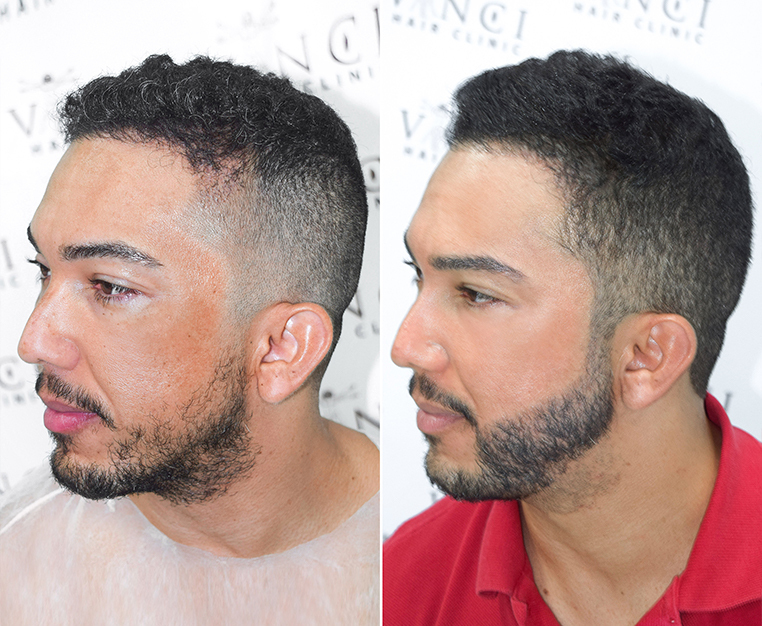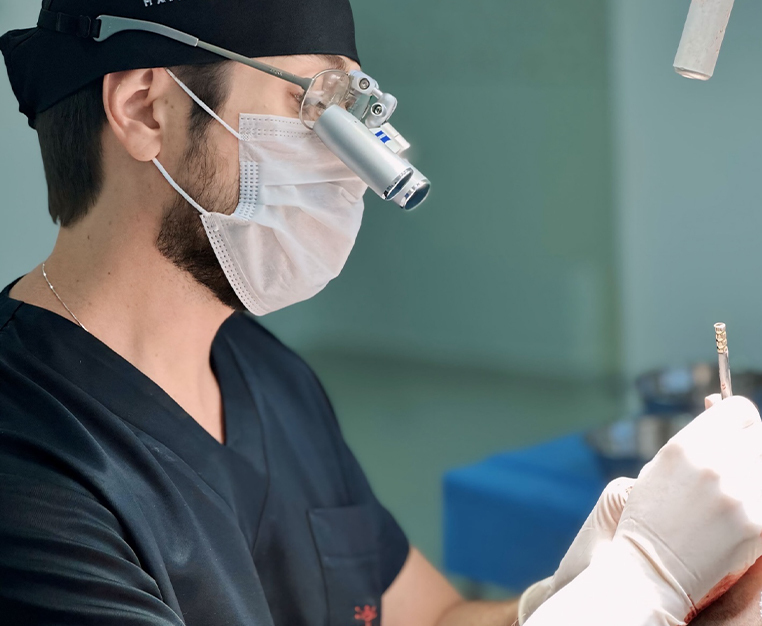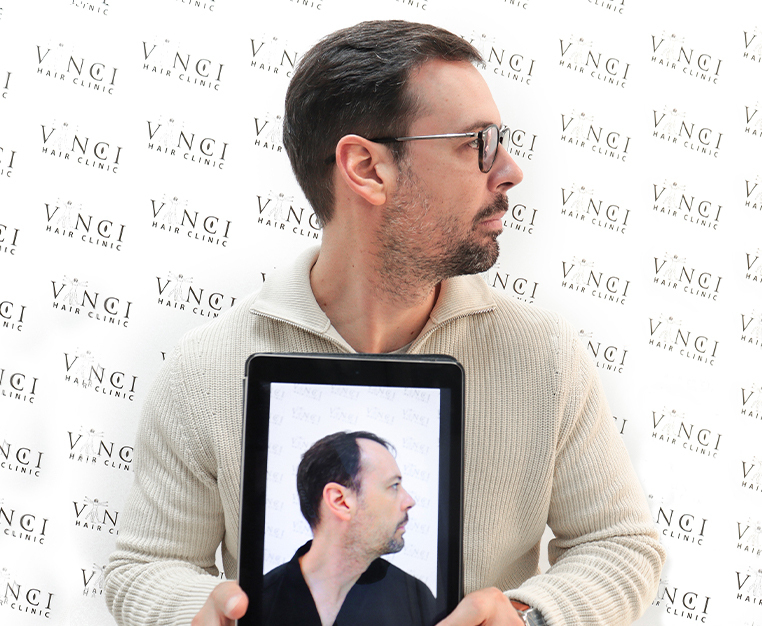When pop legend Joe Jackson was writing the lyrics for ‘It’s Different for Girls’ in 1979, he wasn’t thinking of hair restoration treatment. When it comes to hair transplants, however, the principle he expressed in his song title seems to apply. Over many years, the statistics have shown consistently that the number of men choosing to have treatment far outweighs the number of women. From one perspective, that makes perfect sense; men go bald in greater numbers, after all. That doesn’t fully explain the disparity, however, so what else is going on that results in fewer women presenting for treatment?
This article will look at some of the reasons why, when it comes to hair transplants, something is different for girls. Keep scrolling to learn what that is!
Diffuse Hair Loss
Let’s start with a simple statement of fact; the hair transplant process is more complicated for women than it is for men. That’s simply down to the fact that women often experience a more diffuse kind of hair loss which is spread right across the scalp. This means that it’s not as easy to select a donor area for a Follicular Unit Extraction (FUE) hair transplant, nor is it always possible to target a balding area with any precision. Male pattern baldness, with its characteristic ‘horseshoe’ shape, is much more straightforward. Not only is there a clearly defined balding area and obvious donor sites, but the hair on the back and sides of a man’s head is also ideal for transplanting.
Other aspects of the process may also cause women to have second thoughts about a hair transplant. For example, some will be put off by the prospect of having their heads shaved in preparation for the surgery. That’s not such a big deal for men. There is a certain societal acceptance of male baldness that just isn’t the same for women. Partly that’s due to the sheer number of men who are bald or who choose to shave their head. However, a bald woman walking down the street still attracts stares and comments.
Change
Despite these difficulties, however, there does seem to be a shift in attitudes among women. Figures put out by the International Society of Hair Restoration Surgery (ISHRS) show a global 151% increase in women choosing to have hair restoration treatment in the ten years to 2021, with a 125% rise in women having hair transplant surgery.
Some of this rise is undoubtedly due to a general increase across the world in the number of people seeking hair treatment. That’s been driven by better, more effective treatments. It’s also due to an increasing recognition that hair restoration treatment improves the self-confidence and self-esteem of those getting it. Celebrity endorsements have helped get that message over.
Female celebrities have not come forward in the same numbers as their male counterparts, so there must be something else pushing women towards hair restoration treatment. Given that the biggest rise in female uptake has been in those in middle age, it could be that women are reacting against menopausal hair loss, but more research is needed to confirm this.
Other Options
If a woman’s hair loss is such that a hair transplant isn’t the best option, there are other ways of tackling the problem. Treatments such as Platelet-Rich Plasma (PRP) injections, mesotherapy, hair vitamin infusions, Laser Cap therapy and Micro Scalp Pigmentation (MSP) all provide innovative ways of stimulating hair growth or giving the impression of greater density and thickness in your strands. Clever use of hair extensions and creative hairstyles can also cover up thinning hair effectively.
Lifestyle changes are also important factors when it comes to slowing hair loss and supporting the growth of healthy hair. Increasing the amount of moderate exercise you take is both a way of reducing stress (a common cause of hair loss) and improving your heart rate and blood circulation. Your blood delivers oxygen and nutrients to your hair follicles, so better circulation helps the follicles produce healthier hair more quickly. The food you eat is an important part of this process, too; you must ensure, therefore, that your diet provides you with the right balance of vitamins, proteins and minerals to keep your hair well-nourished.
Conclusion
Whatever your age or gender, hair loss concerns are best addressed early. Often, all that’s required is some advice and reassurance, but if treatment is needed then the sooner it’s done the more effective it’s likely to be. Women will also want to know at an early stage if they are suitable candidates for hair transplant surgery.
Vinci Hair Clinic can help with all of this. We offer a free, no-obligation consultation to our new clients. And chatting with a Vinci hair expert couldn’t be easier. It can take place in person at one of our many clinics around the world or on WhatsApp using photographs. Get in touch today and book your appointment!





